Russia launches robotic cargo ship on zippy space station delivery mission
Progress 76 will reach its destination in just 3 hours, 21 minutes.
Editor's note: Progress 76 arrived at the International Space Station today (July 23) at 1:45 p.m. EDT (1745 GMT).
Original story: Five astronauts living in space are preparing to welcome a new shipment of supplies after a successful evening launch from Kazakhstan of an uncrewed Russian Progress cargo vehicle.
The mission, dubbed Progress 76, blasted off on a Russian Soyuz rocket today (July 23) from Russia's workhorse launch site, Baikonur Cosmodrome, in Kazakhstan at 7:26 p.m. local time (10:26 a.m. EDT, 1426 GMT). The capsule carried 2.7 tons (2,500 kilograms) of supplies for the two Russian cosmonauts and three NASA astronauts currently working on the International Space Station.
"The Progress is now in its preliminary orbit, having completed a flawless climb to orbit following an on-time launch," NASA spokesperson Rob Navias said during a live broadcast of the launch. "Everything went by the book in this morning's launch of the Progress to the International Space Station."
Related: How Russia's Progress spaceships work (infographic)
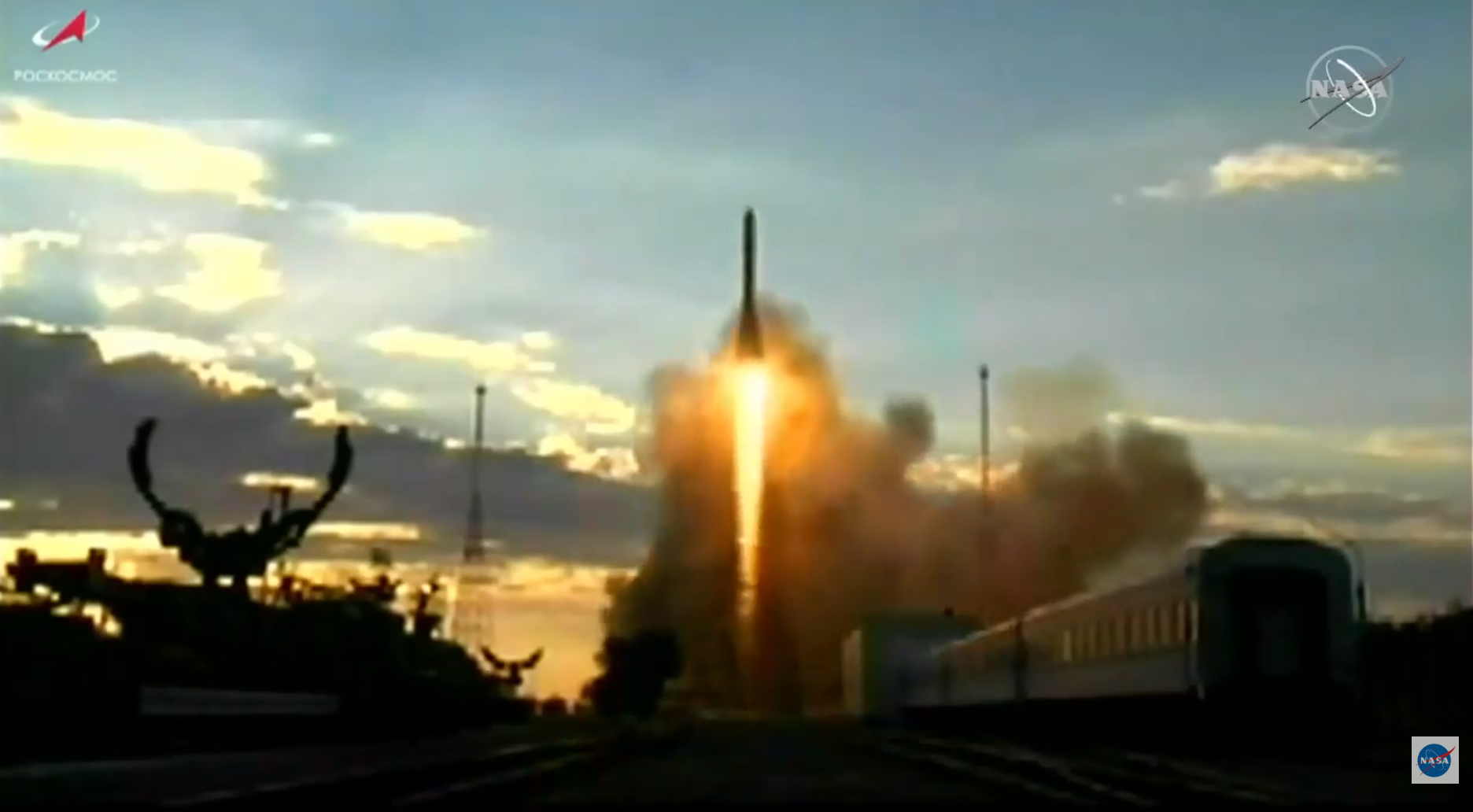
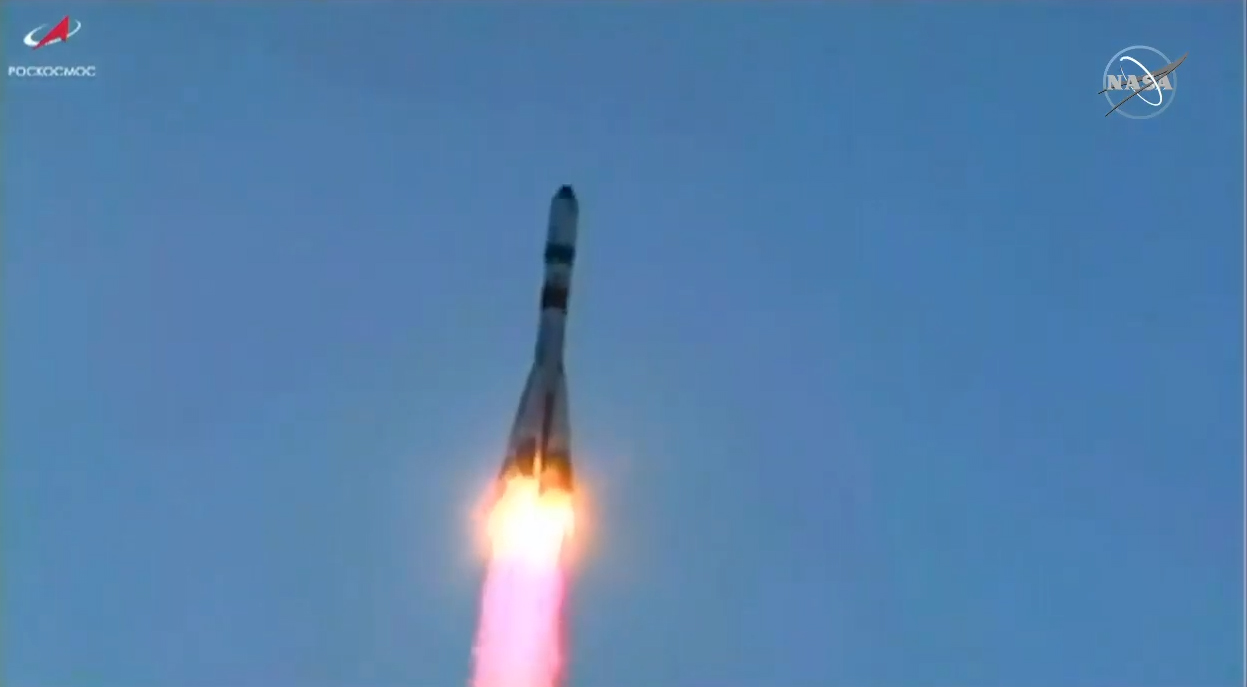
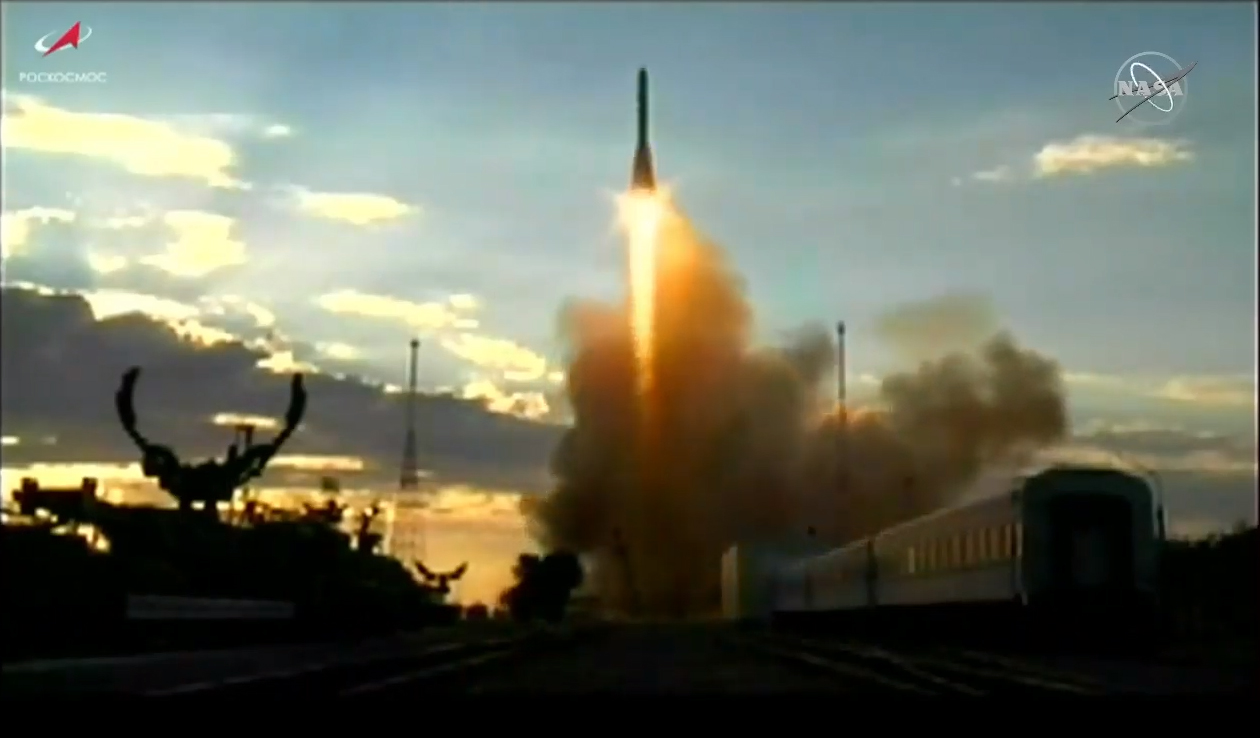
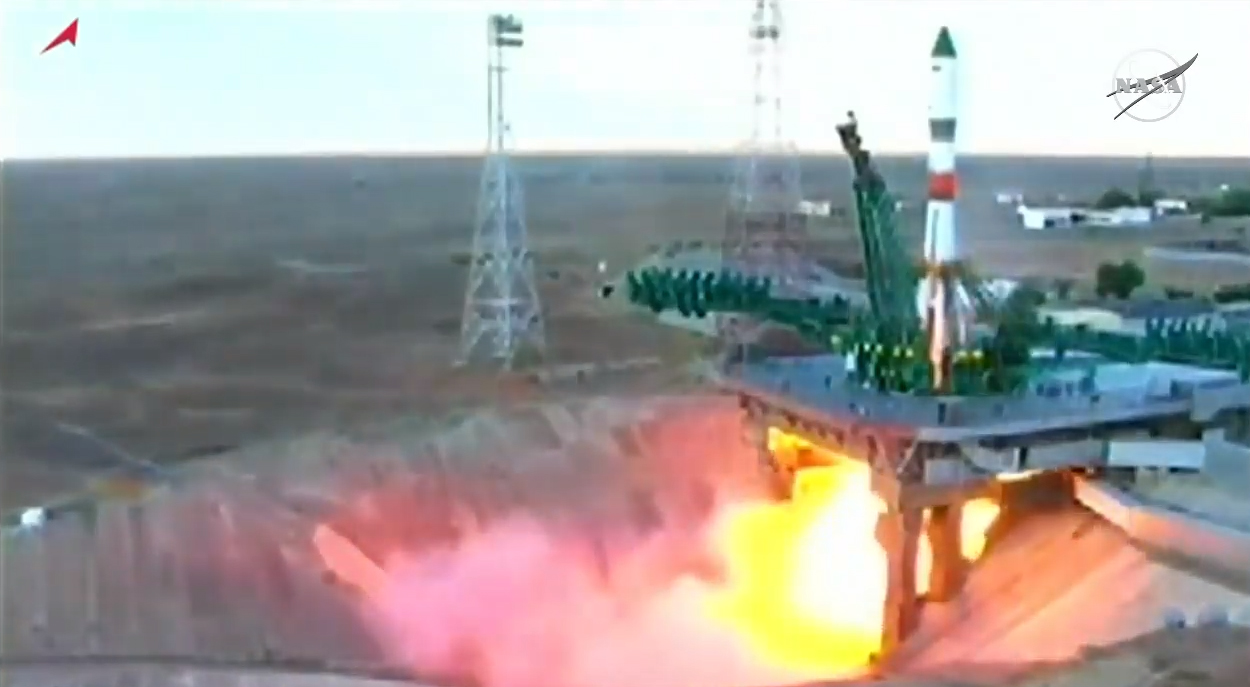
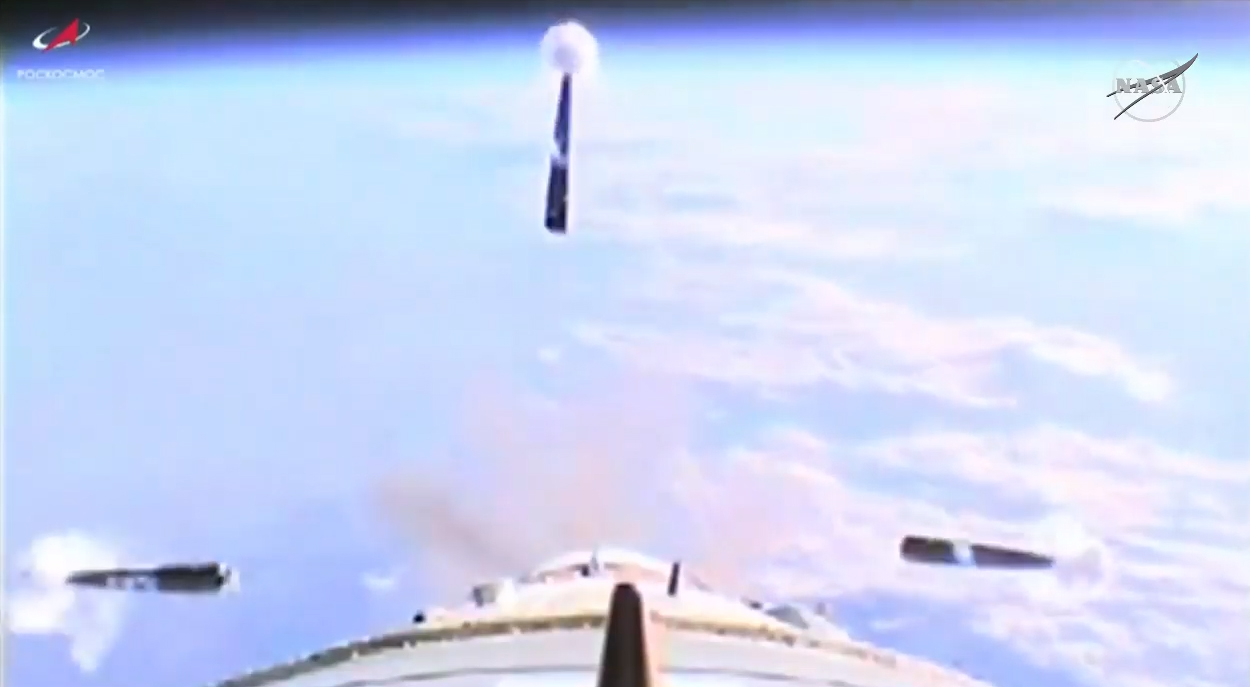
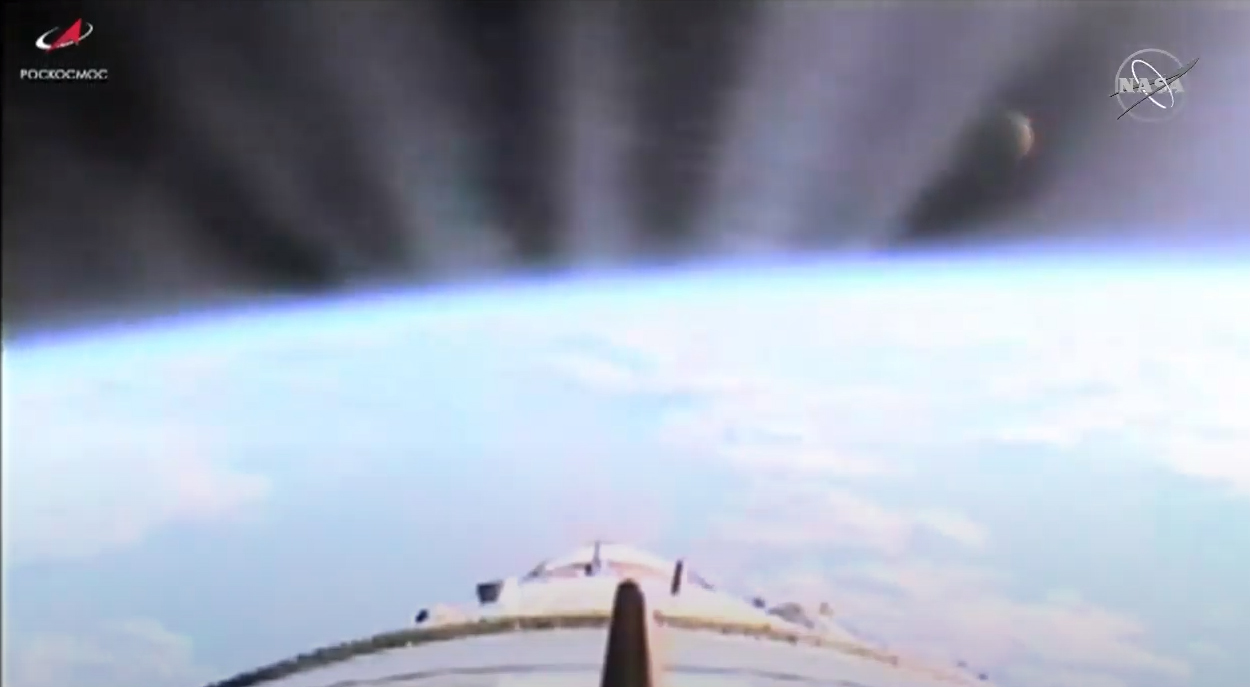

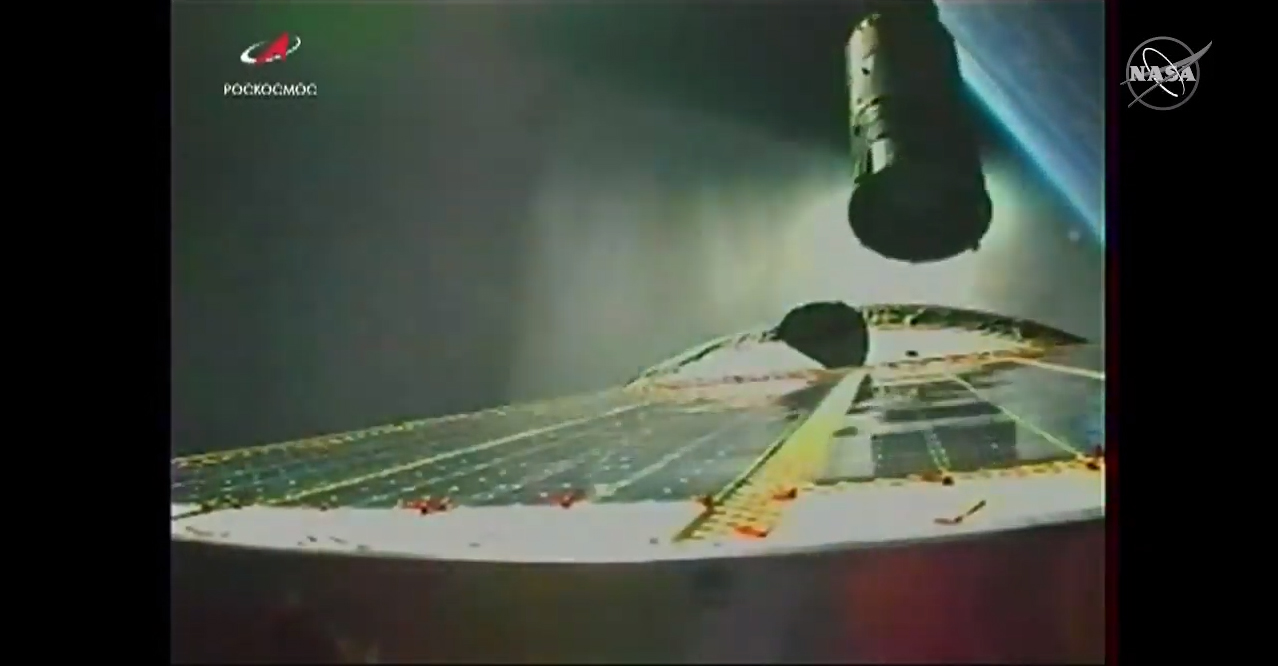
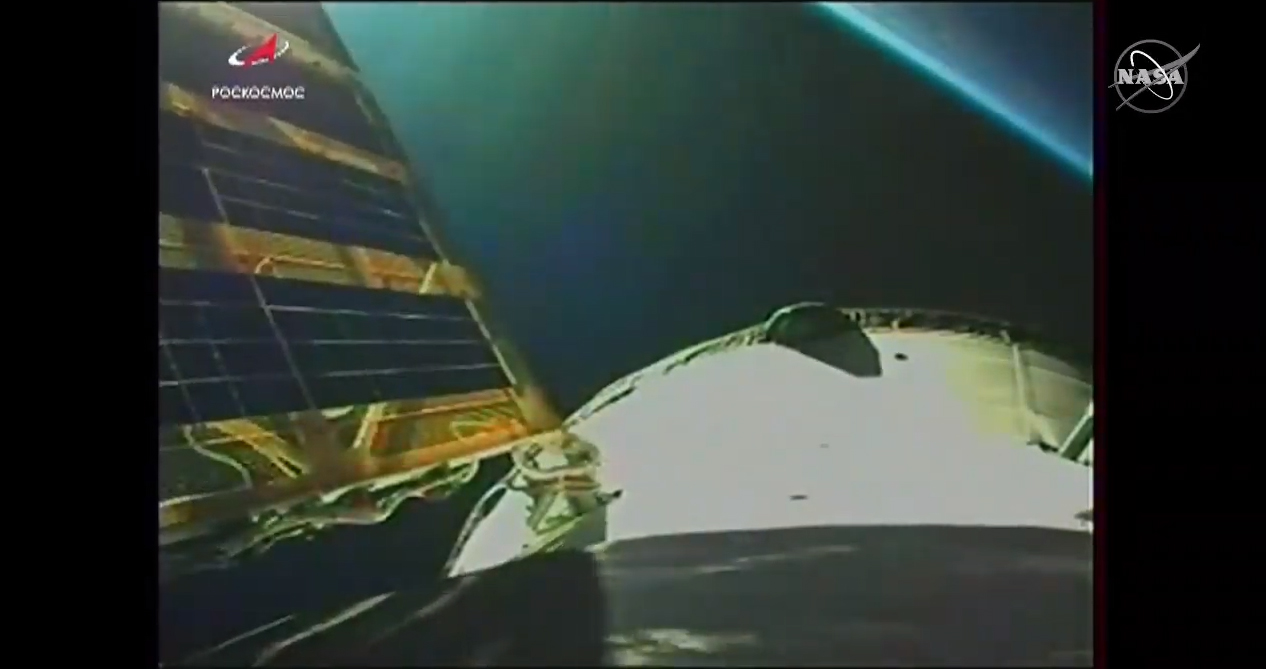
After the picture-perfect launch, the Progress capsule embarked on a speedy, two-orbit trip to the space station. The cargo ship is scheduled to arrive today at 1:47 p.m. EDT (1747 GMT); NASA TV's coverage of the docking, which you can watch on Space.com, will begin at 1 p.m. EDT (1700 GMT).
All told, the shipment includes about 1,100 lbs. (500 kg) of fuel, 220 lbs. (100 kg) of air, 930 lbs. (420 kg) of water and 2,350 lbs. (1,070 kg) of spare parts and other dry goods, NASA spokesperson Rob Navias told Space.com by email before the launch.
Get the Space.com Newsletter
Breaking space news, the latest updates on rocket launches, skywatching events and more!
Photo Guide: The International Space Station's robotic cargo ship fleet

Progress 76 is scheduled to remain docked to the space station for more than four months, until early December, when it will deorbit and safely burn up in Earth's atmosphere.
During its stay at the orbiting lab, it will see the end of a milestone mission called Demo-2, which sent two NASA astronauts to space for two months on board a commercial spaceship, SpaceX's Crew Dragon, for the first time in history. Progress 76 should also see the arrival of the next Crew Dragon flight, carrying three NASA astronauts and one Japanese astronaut, currently scheduled for late September.
Email Meghan Bartels at mbartels@space.com or follow her on Twitter @meghanbartels. Follow us on Twitter @Spacedotcom and on Facebook.
Join our Space Forums to keep talking space on the latest missions, night sky and more! And if you have a news tip, correction or comment, let us know at: community@space.com.

Meghan is a senior writer at Space.com and has more than five years' experience as a science journalist based in New York City. She joined Space.com in July 2018, with previous writing published in outlets including Newsweek and Audubon. Meghan earned an MA in science journalism from New York University and a BA in classics from Georgetown University, and in her free time she enjoys reading and visiting museums. Follow her on Twitter at @meghanbartels.
-
Geomartian Progress 76 will reach its destination in just 3 hours, 21 minutes.Reply
The American military might want to question their “scientists” about how the Russian’s mastered the gravitational S2 and diurnal orbital perturbations. The Russians can now predict the exact orbital corrections necessary to position a spacecraft to within a few meters of the ISS (several orbits ahead of time).
Texaco’s secret gravitational measurements (done in 1939) are not a secret anymore. The Empire has a problem, and that problem is explaining its treason to the US Military.









